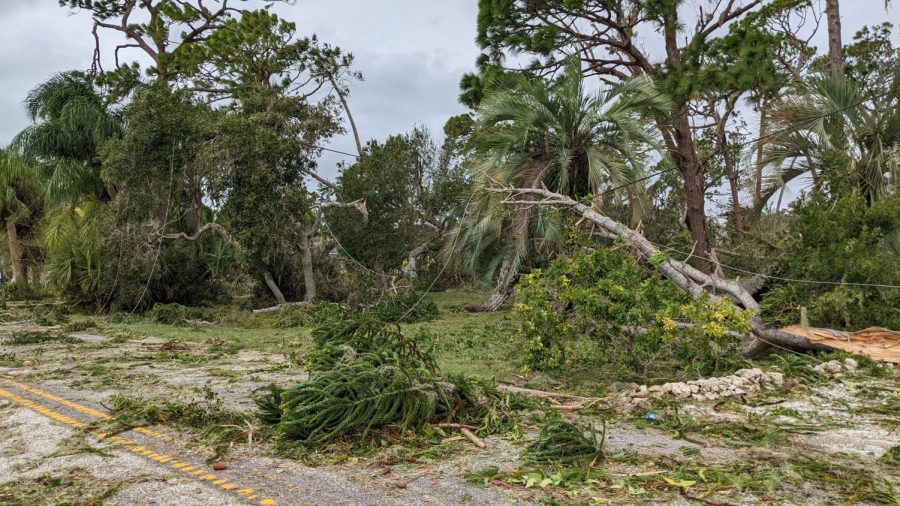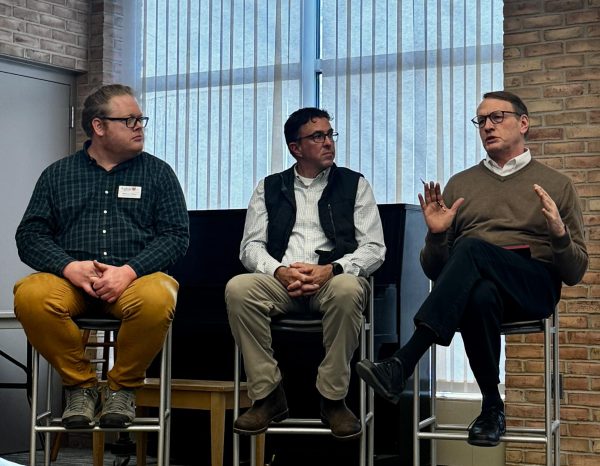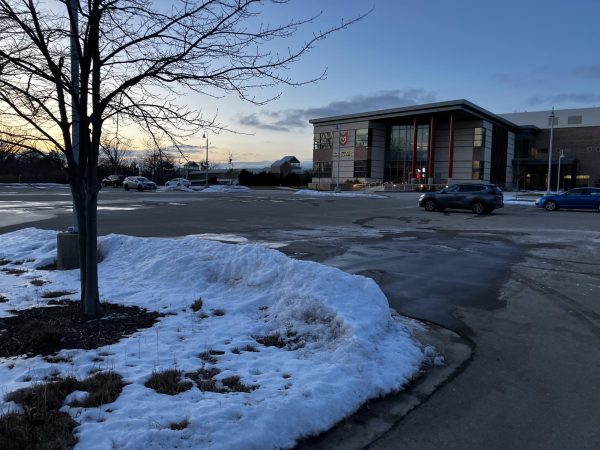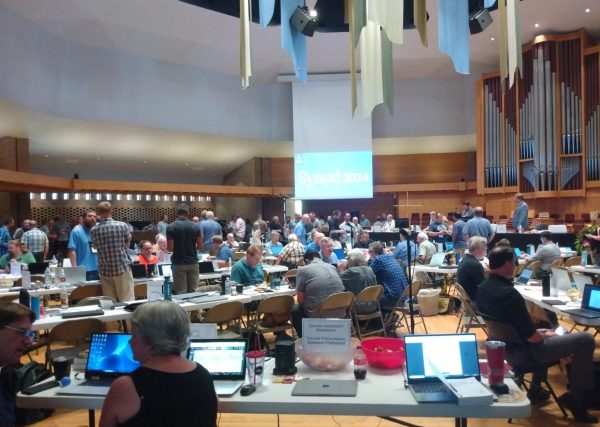2022’s extreme weather hit close to home for some Calvin students
Climate scientists predict more climate disasters like Hurricane Ian in Florida.
In 2022, a variety of extreme weather events pummeled parts of the U.S., affecting areas some Calvin students call home. These events have been linked to climate change and are expected to worsen in the future.
2022 saw extreme weather in all forms — from the catastrophic Hurricane Ian in Florida to extreme floods in Kentucky to wildfires and droughts in California.
Climate scientists expect to see an upward trend in the level of climate disasters affecting the world annually. A report released by the Intergovernmental Panel on Climate Change (IPCC) in 2021 predicted that as a result of carbon emissions, the earth is expected to see at least three decades of worsening environmental conditions.
The IPCC, which is a panel consisting of about 200 climate scientists, predicted that the warming of the earth will cause more extreme storms and drier droughts leading to larger wildfires.
Record-breaking rainfall in the Midwest
Extreme rainfall levels broke records in states such as Kentucky, Missouri and other parts of the central U.S. last year.
The increase in the earth’s temperature is leading to an increase in the duration and intensity of rainfall, which the drainage systems and infrastructure of places like Kentucky were not ready for.
“I was struck by just how many individuals and families were impacted by the flooding. It’s a terrible thing to have to start serious repairs or even start a home from the ground up again, and all I have is sympathy toward those who were affected,” said Paige Schotanus, a first-year student and resident of Kentucky.
Kentucky and Missouri are states that do not normally get a lot of rainfall. But when extreme weather systems cause more rainfall than normal, drainage systems back up, causing floods.
“Kentucky’s seasons have been getting more rainy every year, especially in the summer,” said Schotanus.
Too wet and too dry in California
One of the main impacts on the weather caused by the change in climate is warmer summers and cooler winters. This creates problems for places like California, which is known for its wildfires.
In early 2023, California had a three-week stretch of constant rainfall but at other times faced droughts that worsened the wildfire season.
The presence of an excessively dry environment gives way to the spread and exacerbation of wildfires.
“Wildfires have perpetually gotten worse in California. In the past couple years we’ve set so many records, which is not a good thing,” said first-year student Meg Pheifer.
Our responsibility
According to the IPCC report, the reason why the earth’s temperature is increasing so quickly is because of carbon dioxide emitted into the atmosphere by human activities.
To slow climate change and ameliorate the threat of extreme weather, mechanical engineering professor Matthew Heun said the issue of carbon emissions must be approached on both an individual and collective level.
Taking into consideration where one lives, the sort of food one eats, the mode of transportation one uses and the sort of jobs one takes are ways to individually take action against climate change, according to Heun.
Collective action can include taking climate change seriously when leading a group of people and by electing a leader who takes climate change seriously.
Heun suggests that the two ways we correct climate change as a society are through mitigation and adaptation.
According to Heun, we must try to simultaneously correct the damages we have already done to our climate and adapt to a warmer climate and the changes that it entails.









